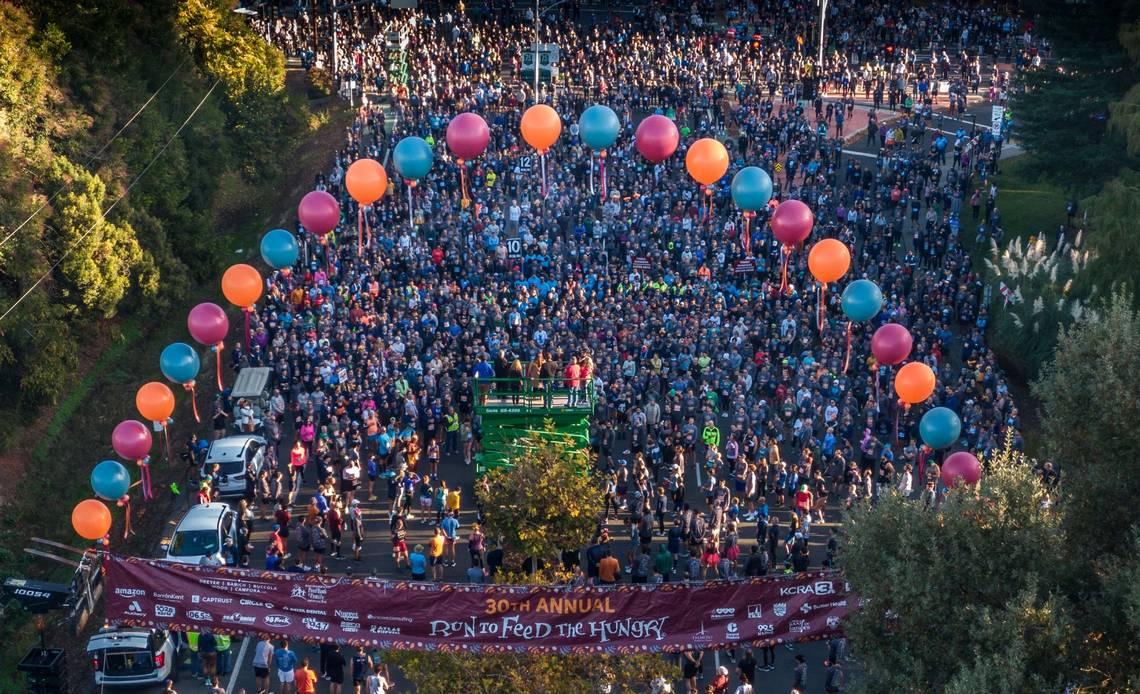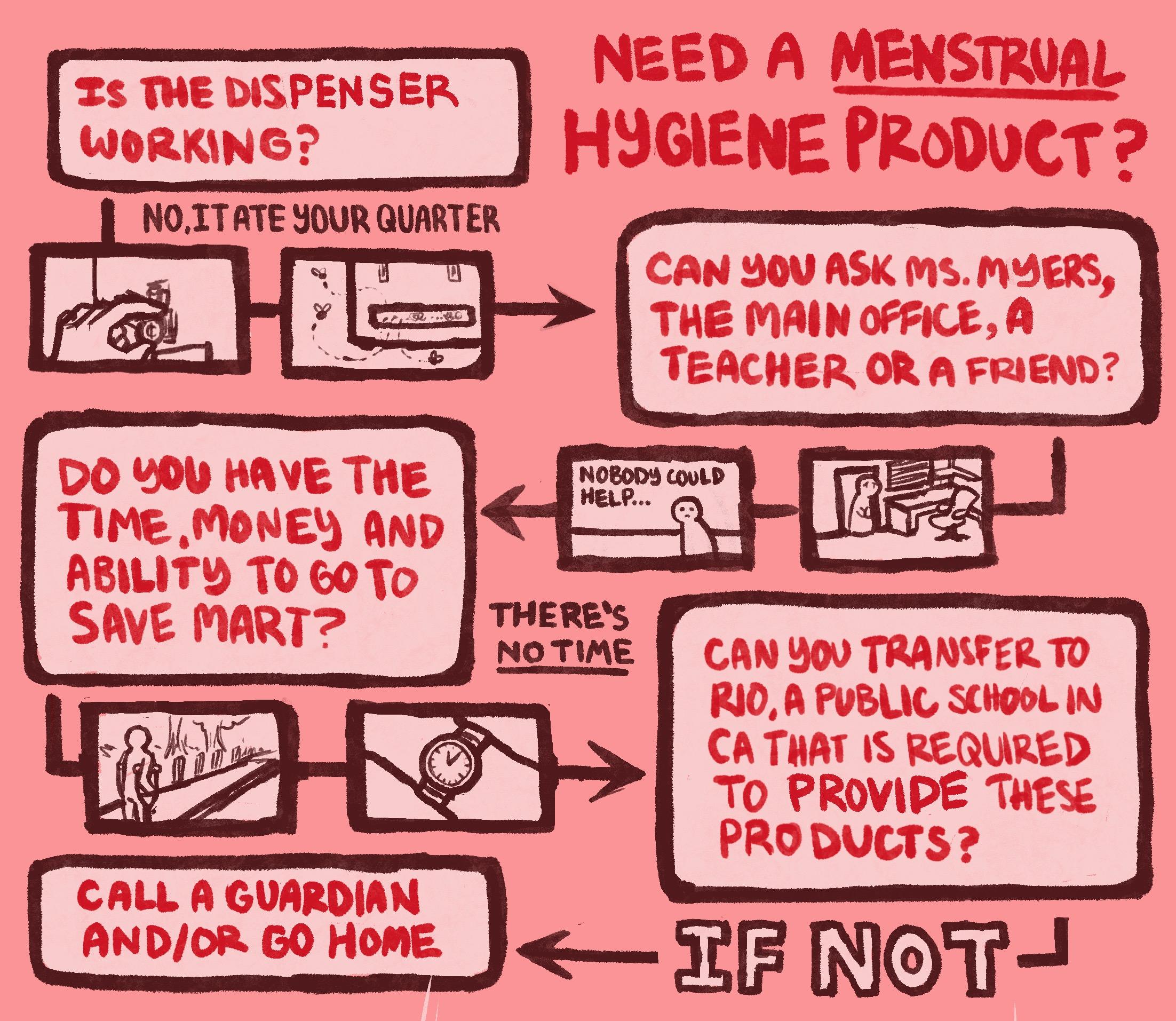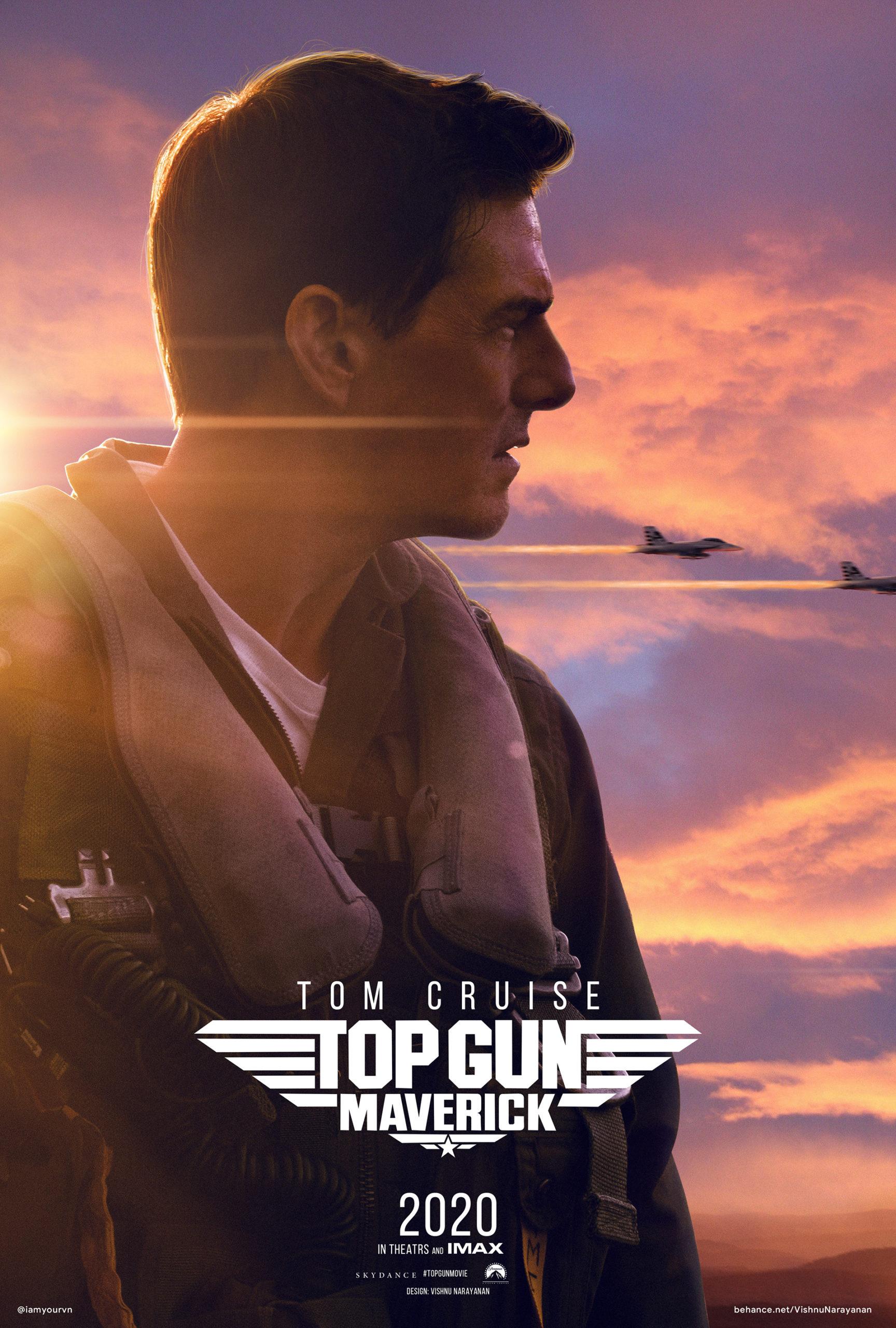‘The Legend of Korra’ embraces mature themes, modern problems

“The Legend of Korra,” the sequel Nickelodeon show to “Avatar: The Last Airbender,” gets a mixed reputation. Some say it’s terrible, not living up to fan expectations after “The Last Airbender.” Others say the show is equal to, or even better than, the original.
After watching the full series, I fall into the second category. “The Legend of Korra” is a great show, with thought-provoking themes, cool visuals, decent characters and humor. While nothing could beat the original, it puts up a good fight.
The premise of both of these shows is that certain people in the population can bend one of four elements. There are waterbenders, earthbenders, airbenders and firebenders.
At any point in time, there is also one Avatar, a person who can learn to bend all four elements. The Avatar is revered across the world. With bending and a couple other special abilities like drawing on past Avatars’ knowledge, the new Avatar’s job is to maintain balance.
In “The Legend of Korra,” a girl named Korra is born with the powers of the Avatar after Aang, the previous Avatar, passes away. She faces several villains that pursue differing ideologies. Anarchy, authoritarianism, equality and balance are explored, all while remaining faithful to the original story.


Release posters for “The Legend of Korra.” (Photos: Nickelodeon)
The show is mostly set in a 1930s style Republic City, emulating the environment of New York City with its skyscrapers and old-fashioned “Satomobiles.” It’s a period of rapid innovation and development, to the point where, just a century ago, there were no industrialized cities. Now, there’s a gleaming metropolis with people of all four nations. (I do find it weird that they took 70 years to get from the late 1700s to the early 1900s, but they can literally manipulate the elements so that probably speeds things up.)
The themes and characters in the show also seem to mature with the Avatar world.
For starters, Korra is 17 and quite a unique character. She was raised mostly isolated in the South Water Tribe, where she already mastered waterbending, earthbending and firebending. Because of her sheltered life, she’s headstrong, stubborn and more than a little bit arrogant. She’s entertaining to watch, and as she comes into contact with the real world, she doesn’t hold that arrogant attitude long.
The first season of “Legend of Korra” follows her struggles in Republic City to learn airbending and to assume the Avatar role in order to help people. There’s constantly a sense of being in over her head with the government, media, gangs, police and her sense of responsibility to the people of Republic City.
She also quickly meets new people. Brothers Mako and Bolin — who are total opposites — and Asami, an inventor, eventually become her best friends. Bolin, in particular, adds some much-needed humor to the show, whereas Mako acts as more of a balancer, reigning in Korra’s impulses with his level-headedness. Asami is more like Korra, but she’s also not as hot-headed.
Korra’s friends fight alongside her and get her out of a lot of tight situations. (An Avatar can’t always do it alone.)
They also help her grow and become more compassionate throughout the show. There’s even a bit of relationship drama if you’re into that.
The villain in the first season, named Amon, is an interesting foil for Korra’s character. He actually has a reasonable motive, not just taking over the world. (Sorry, Ozai.) He leads the Equalists, a rebel group seeking an end to the discrimination against non-benders.

(From left to right) Asami, Bolin, Korra, Mako and Tenzin.
It’s actually a decent cause and feels relatable. We’re talking about discrimination and race right now. How is it different from tensions between benders and non-benders? Amon is just trying to make a world where no one has bending, and everyone is equal. However, he’s doing it through military force and by stripping people of their bending abilities, so he has to be stopped.
Despite that, his pushing for equality forces Korra to confront the issue herself and do something about it. After Amon is defeated, Republic City holds its first presidential election with everyone having a vote.
The other seasons are no different. They each have a new bad guy, each of whom makes Korra face new issues and grow as the Avatar. It takes the show in a different direction than the original. “The Legend of Korra” is a lot faster-paced and focuses more on the plot, mostly because there’s simply fewer episodes per season and more plot overall.
An overarching theme in the show is the concept that the Avatar is obsolete, unneeded in this new technological world, which simply drives Korra to do more. Korra brings huge change to the Avatar world, pushing for equality, establishing balance with spirits and restoring the Air Nation, which was decimated by the Fire Nation dozens of years ago.
The visuals in the show are great. “Legend of Korra” uses the same animation style as “The Last Airbender” and most of the same techniques in fights. These bending fights end up being the coolest parts of the show. People punching fire at each other, blocking with water, shooting shards of ice, summoning tornadoes — it’s just awesome.
The animation is complemented by the show’s amazing soundtrack. It’s enough to add an edge to any fight, and heighten the emotions in quieter scenes where Korra is contemplative or sad. There’s an interesting mix of classical instruments in nature and 1900s style music in the cities, and it hits hard, especially in really emotional climax scenes.
If I had to say something negative about “Legend of Korra,” I would have to say it’s the plot writing in certain parts of the show. It just gets a little convoluted sometimes, especially compared with the simplicity of the original. End of season two, I’m talking about you.
Overall, it’s a different type of show compared with “The Last Airbender,” which is why some fans didn’t like it. “Legend of Korra” is more serious. Real villains, less messing around, but still trying to keep that humor. It fumbles a bit in the execution of that, specifically in the plot writing and character friendships, which is why the original edges it out in my mind.
However, that didn’t really detract from the bottom line. “Legend of Korra” was a different, darker show — but in the end, it’s still got most of what made the original so good, plus a little bit of its own charm.
[letsreview]
— By Nihal Gulati
All Photos: Nickelodeon
Originally published in the Sept. 22 issue of the Octagon.




